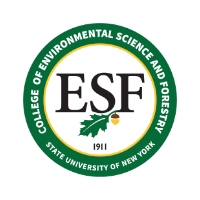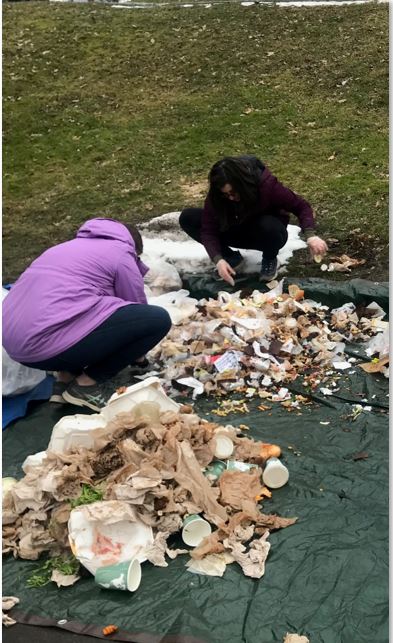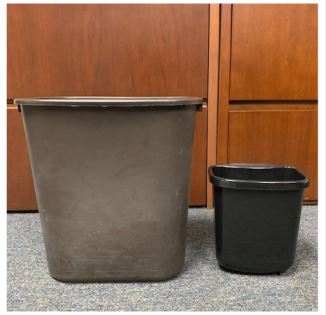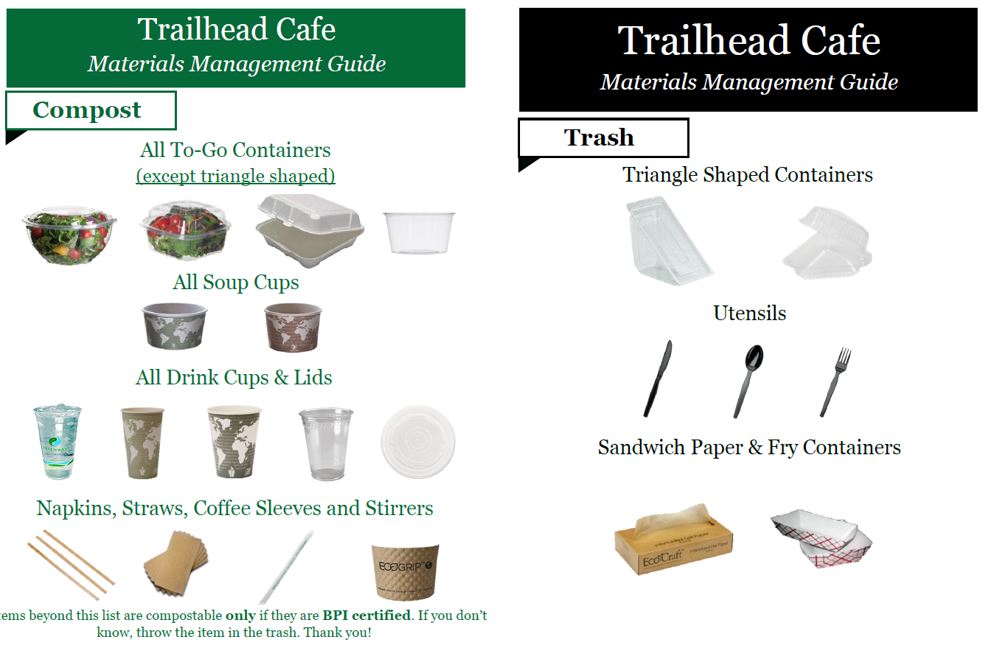

SUNY ESF: The Path to Zero-Waste, Effective Advocacy and Sustainable Operations
Sustainable Facilities Manager, Susan Fassler sits down to share how the State University of New York College of Environmental Science and Forestry (SUNY ESF) worked hard and collaborated with CleanRiver to do their students proud and successfully increase their waste diversion rate with some key changes.


What motivated you to start the journey to becoming a zero-waste campus?
We’re one of 64 SUNY campuses spread throughout New York State. So we are an academic institution and a State Institution. We are one of the smaller SUNY campuses and are also highly specialized with a deep focus on sustainability and the environment. I am a former student of the College and have held the role of Sustainable Facilities Manager for 2 years now. I’m also apart of the Sustainability Division, so my position is a really cool hybrid. What really motivated us to get started was after the students did a waste audit and our waste hauler independently verified our diversion stats. We were only at 34% diversion rate which is actually the national average and to be honest, we were pretty upset with those results considering we are an environmental school. We knew we had and could do better.
What were the first steps?
Two staff members and one student dedicated a few hours every Friday over the course of about 6 weeks to conduct a bin audit of every container throughout the campus. We printed floor plans and went into every room in every building, took pictures, measured, identified waste, etc. What we found was there was no consistency, lack of labels and bins were everywhere. It was a mess and it became obvious why our waste diversion was as low as it was.
After the audit we immediately knew we needed all new bins and a consistent program throughout the campus with a strong roll-out plan, a big shift in behavior and strong communication.


Why did you choose to partner with CleanRiver?
Our Sustainability Division had purchased CleanRiver outdoor bins a few years previously and what really drew us to CleanRiver was that we loved that the containers are made from recycled content, they were extremely durable and they looked great! On top of that, CleanRiver is passionate about what they do and they really get it and care about our sustainability goals and what we’re trying to accomplish.
They always take the time to follow up, they check-in to notify us of any changes, and they’re never pushy but great at keeping us informed on latest trends and new products. CleanRiver is just so easy to work with.


What products do you currently use?
We outfitted our entire exterior with the CleanRiver Outdoor Transition® TXZ throughout the campus with a focus on compost collection.
But a game changer for me was when I discovered the CleanRiver Side Saddle and applied the Mini-Bin Program campus wide. We ordered 430 Side Saddles and swapped out all 10 gallon office bins for these bins with no liners. This has been where we have seen the biggest impact and ROI. Now, staff must bring their wet/ compostable materials to hallway compost bins because the Side Saddles lack a liner.


What role do graphics play?
Updating and customizing consistent graphics to speak to our waste streams and unique items on campus was a crucial element. We customized graphics for all our bins. In the campus Cafe, almost everything is now compostable. Now for example we use exact images of those clamshell containers to help users properly sort their waste. We are continuously monitoring and working to standardize our graphics across campus.
What’s the single most important benefit of working with CleanRiver?
Discovering the Mini-Bin program that CleanRiver developed. They are what helped drive the largest behavior change on campus! The Side Saddle Bins are my favorite and now CleanRiver is my favorite


What has been the most important driving force for the success of your program?
The custodial/ operational staff are the MVP’s for sure. They really helped create the program and they own it. We worked hard with them to get a baseline for waste and compost at the beginning of the year. We asked them what they wanted when it came to bins (top loading, front loading), and, they tested various types of compost bags. We have monthly team meetings and always end meetings with a zero-waste discussion. We talk through what is working and what could be improved. They are very passionate about the work they are doing and our goals.
At first some people on campus were skeptical about the entire overhaul (new bins and adding compost). However, our zero-waste program has only gained momentum. Even during the pandemic! We invested in the infrastructure (the bins) and because it’s a part of public health and safety we could really justify the budget in the current climate. The program would be a failure without the commitment of our staff.
What has been the reaction to your recycling program?
The students are really pushing the success of this program. This generation is passionate about the environment and doing the right thing and making ethical decisions. Some students actually said that they were embarrassed to bring their parents/ friends on campus because we didn’t compost. Now I see them showing off our bins and the program. It’s been a 90-95% positive reaction. The students are very vocal and they drive and embrace the changes needed to support our zero-waste initiatives. It’s important to note that we mandated the rollout of office mini-bins campus wide. They now become our new normal and we love it. Our attitude now is “Why did this take us so long to do it?”
What success have you seen so far?
- Our waste diversion has increased to 48%
- We have seen a 34% decrease in trash by weight
- A 46% increase in recycling
- A decrease in trash pick-up from 5 days to 3 days a week (a big cost savings)
- In 2020 we won the Recycling Leadership Award from the New York State Association for Reduction, Reuse and Recycling
What’s Next?
Our plan is start auditing the other regional campuses and work with staff there to get more bins and improve consistency everywhere. There is still a lot of room for improvement on all campuses. We also have set a Diversion Goal of 90% (from landfill and incineration) by 2025 and also hope to reduce the amount of trash that we generate on campus by 90% (using an April 2018-March 2019 baseline).
